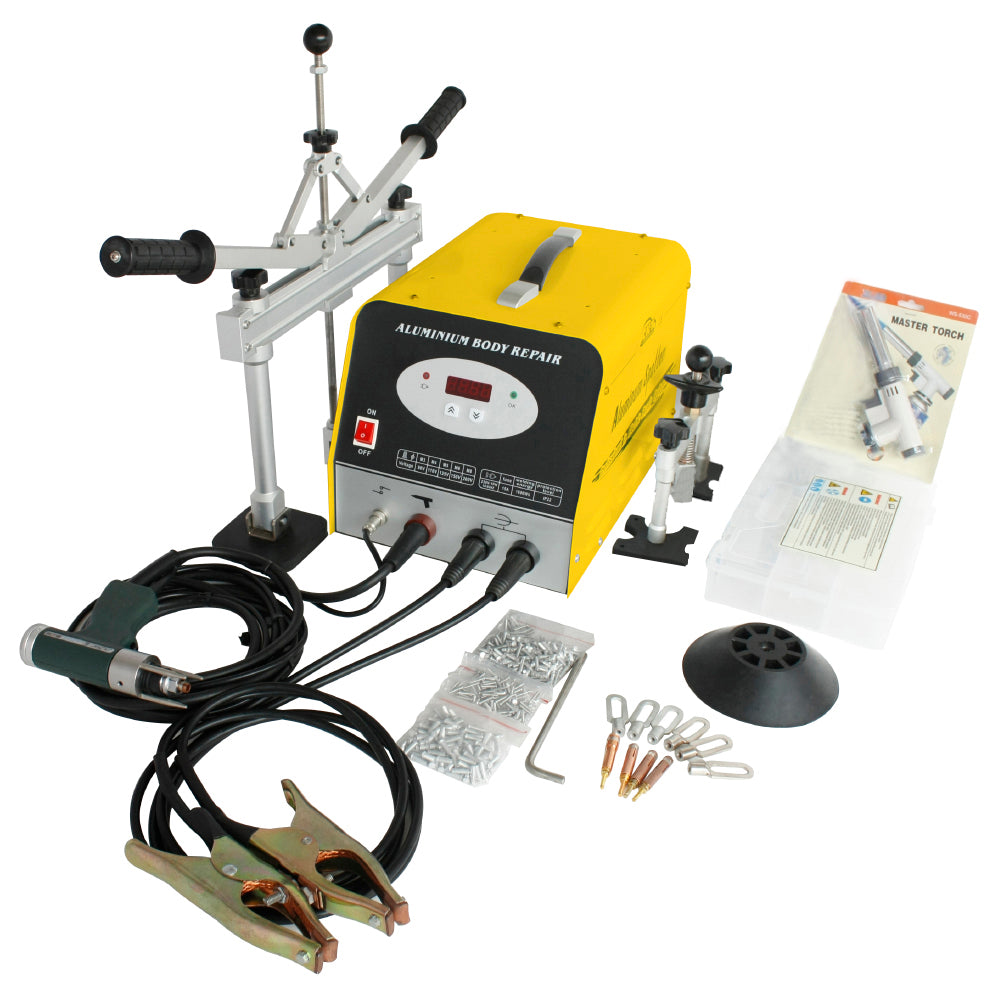Emerging Trends in Automotive Spot Welding Machines
In the ever-evolving field of automotive repair and manufacturing, spot welders are at the forefront of technological advances. These machines are essential for joining metal parts, and they witness several trends shaping the future of automotive welding. In this blog post, we will explore emerging trends and developments in spot welders, revealing the future of this important tool.
Industry 4.0 integration
The automotive industry is steadily moving towards Industry 4.0, which is characterized by automation, data exchange and the integration of smart technologies. This trend is reshaping spot welders, making them smarter and more connected. Features such as remote monitoring, real-time data analysis and predictive maintenance are becoming more common. This integration not only increases efficiency, but also reduces downtime, ultimately reducing operating costs for auto repair shops and manufacturers.
Progress of laser welding
The application of laser welding technology in the automotive field is increasingly prominent. Laser spot welding machine has high precision, fast speed and strong versatility. Their ability to weld different materials and complex parts makes them the first choice for modern vehicle designs. With the continuous progress of laser welding technology, it is expected to play a more important role in automobile manufacturing, especially in the production of electric vehicles.
Sustainable practices
Sustainability is a driving force in the automotive industry, and this extends to welding practices. The welding process generates a lot of heat, which leads to energy consumption and environmental impact. In order to solve this problem, spot welders are constantly evolving to become more energy efficient and environmentally friendly. Innovative cooling systems, energy recovery solutions and better insulation are all part of the effort to reduce the carbon footprint of welding operations.
Increased use of advanced materials
Modern cars use advanced materials such as high-strength steel, aluminum and composite materials. Spot welders adapt to this shift by offering welding solutions that adapt to a wider range of materials. This versatility is essential to accommodate the lightweight trend in automotive design while maintaining structural integrity and safety.
Man-machine collaboration
Collaborative robots (cobots) are becoming a common sight in automotive welding equipment. These robots work alongside human operators, increasing productivity and safety. In spot welding, cobots can perform repetitive or physically demanding tasks, while skilled welders focus on the more complex aspects of the job. This cooperation can improve the accuracy and consistency of welding quality.
Advanced training and skills development
With the increasing complexity of welding technology, the demand for skilled welders is also increasing. Spot welders are equipped with advanced training programs, simulators and augmented reality tools to help operators develop the necessary skills. These training methods make it easier for new and experienced welders to adapt to evolving technology.
There is no denying that the future of spot welders in the automotive industry is bright. With the integration of Industry 4.0, advances in laser welding, sustainability practices, material flexibility, human-machine collaboration and advanced training methods, these machines will increase efficiency, precision and environmental responsibility. By staying in line with these trends, auto repair shops and manufacturers can keep pace with the evolving automotive industry and ensure their welding processes remain at the cutting edge of technology.

